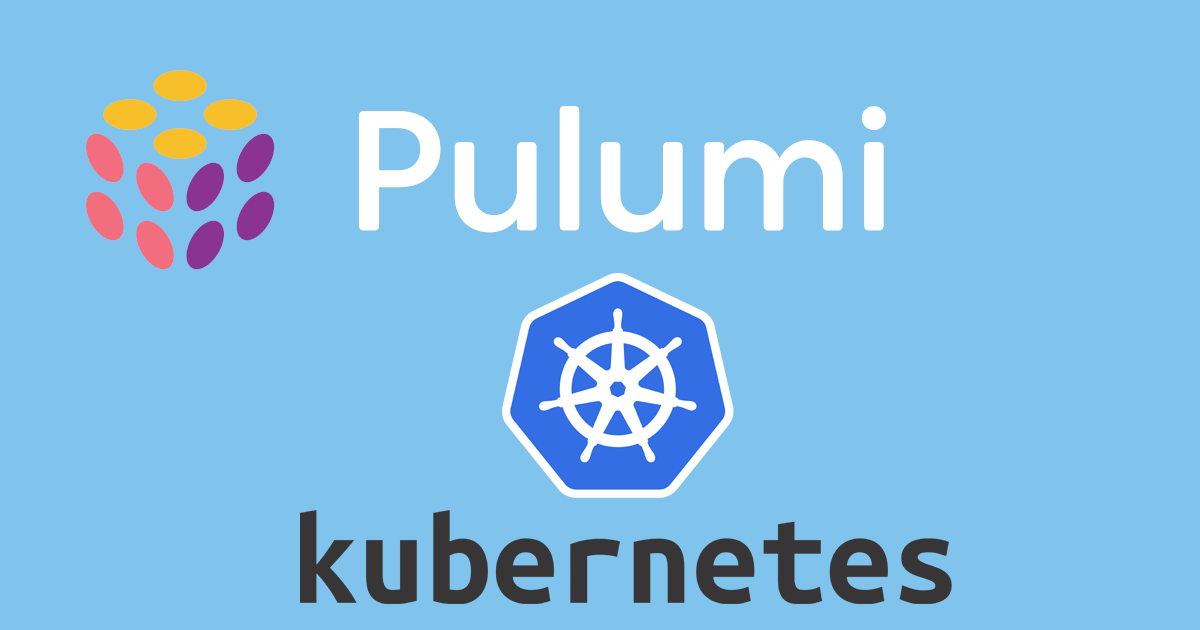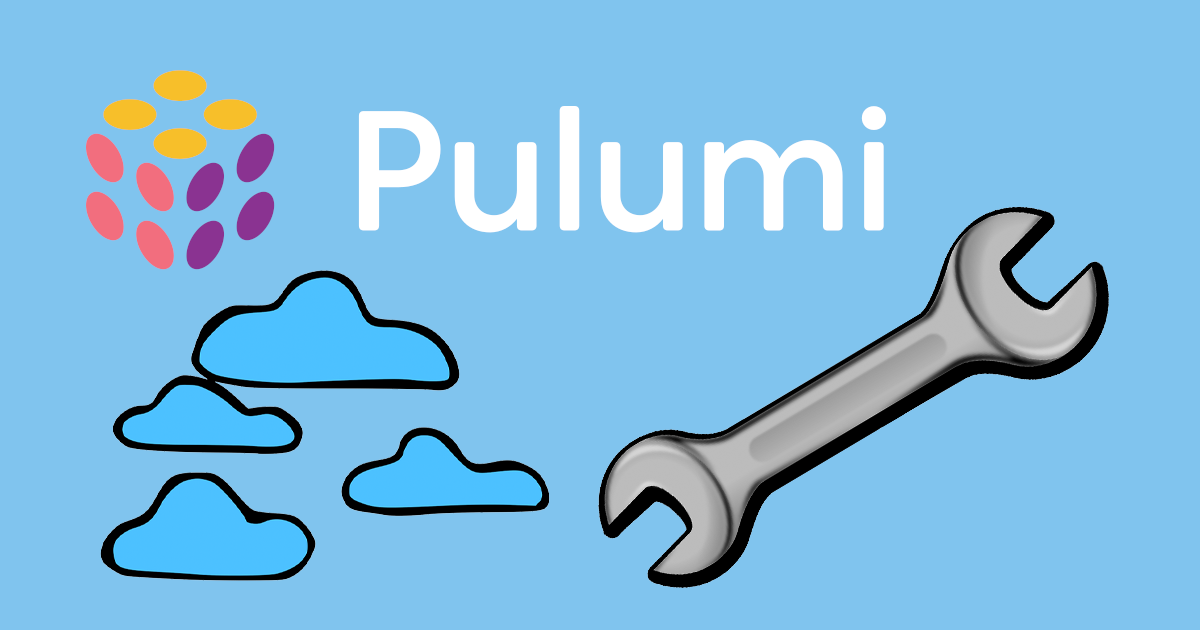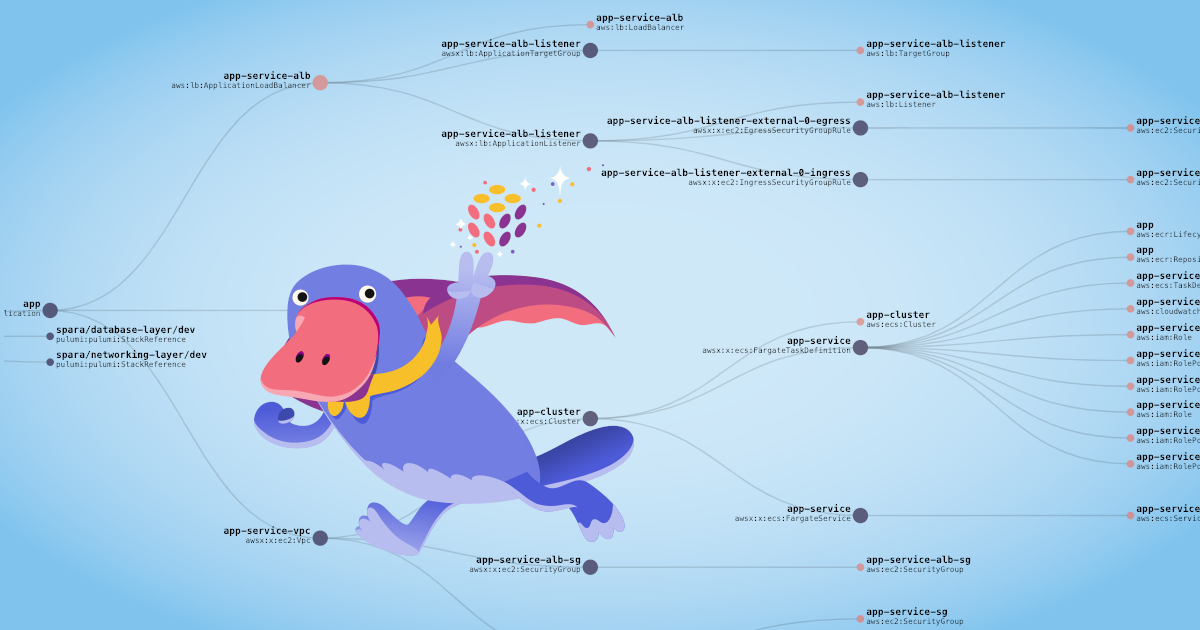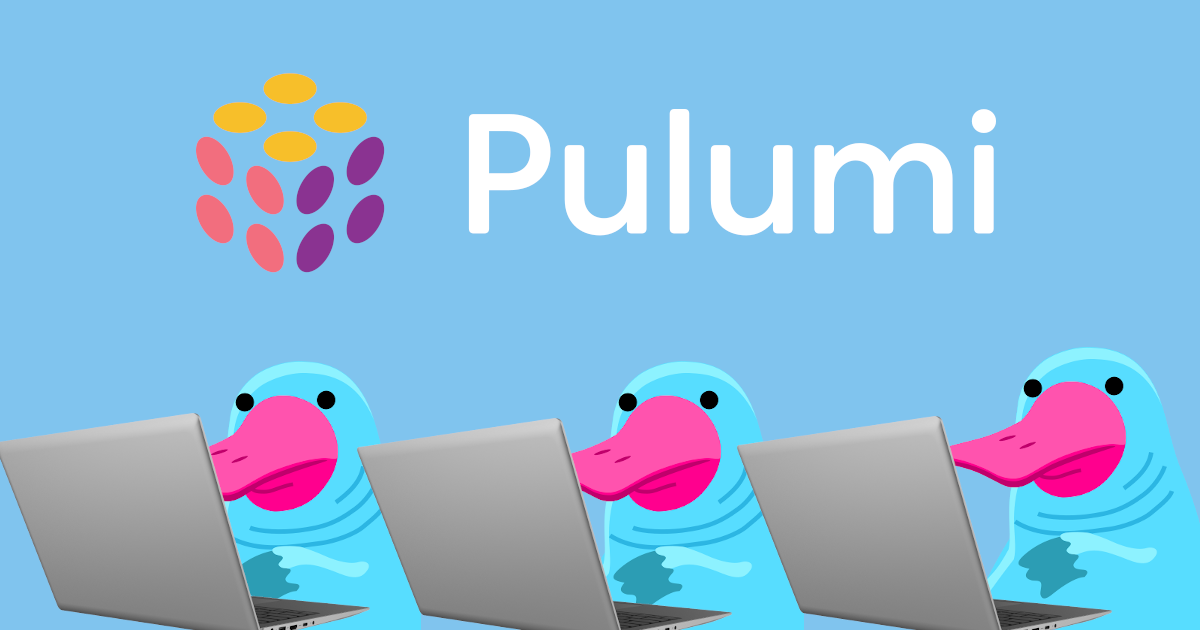Top 5 Things an Azure Developer Needs to Know: VMs
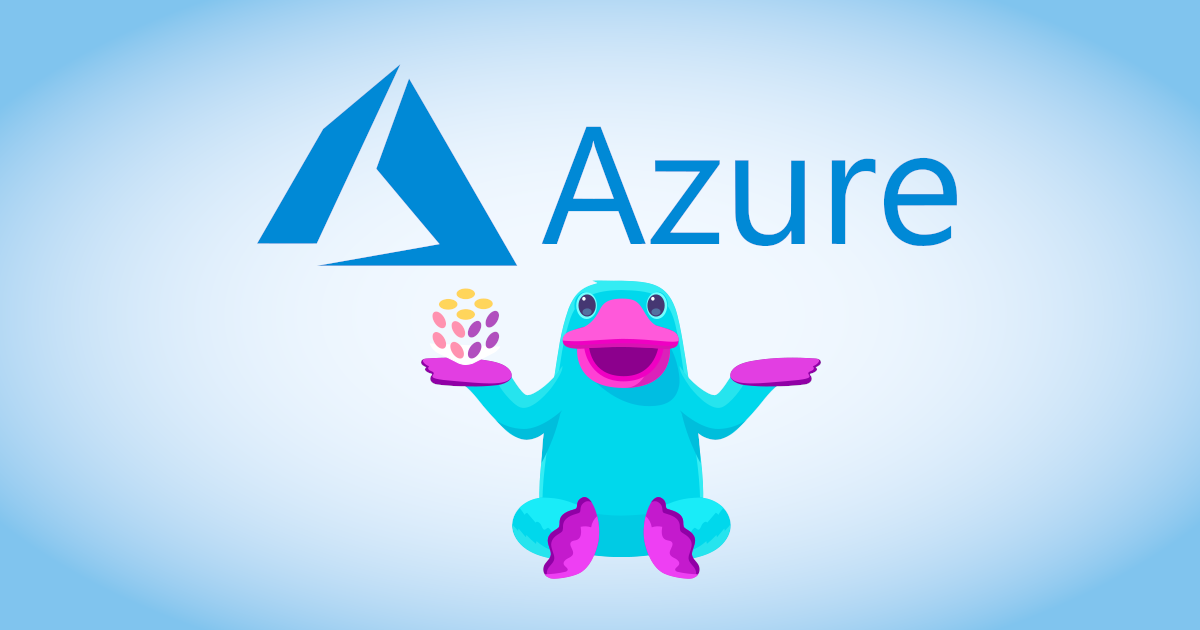
So you want to be an Azure dev and all-around infrastructure wizard? Let’s start with the basics, virtual machines! In the previous article, the common use case for virtual machines is migrating applications from dedicated hardware. You want full control of the machine to install required software for the application or configure storage and networking.
Azure provides many ways to create and configure virtual machines ranging from the Azure CLI to the Azure Portal. In this article, we’ll first create a virtual machine using the portal to understand the requirements and process; then, we’ll do it with code using Pulumi’s Azure Native provider, which is built directly from the Azure Resource Manager API.







